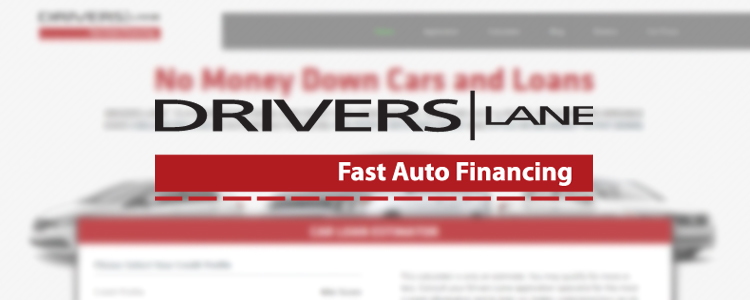Though the trend of long-term auto loans has become much more popular in recent years, a loan that spans six, seven, or even eight years comes with some major risks. When you take out a car loan, it's important to think about overall costs; a long-term auto loan can lower your monthly payment, but at what cost?
The Risks Involved with Long-Term Car Loans
 It may seem like you're getting a good deal when you stretch out your loan term, because you can see your monthly car loan payment decrease. But the longer your auto loan is, the more money you spend in the long run, and the risk increases.
It may seem like you're getting a good deal when you stretch out your loan term, because you can see your monthly car loan payment decrease. But the longer your auto loan is, the more money you spend in the long run, and the risk increases.
Let’s look at some of the risks of longer-term car loans:
- You pay more interest charges – If you have poor credit, your average interest rate is higher to begin with compared to someone with better credit, so an extended auto loan means you end up paying even more in interest charges in the long run.
- Negative equity for longer – Another risk involved in a long-term car loan is that your vehicle remains in negative equity territory longer. This means you owe more on your loan than the car is worth. New vehicles experience their steepest depreciation in their first year of ownership. After that, the biggest drop in value generally happens at years three and five. So, if you finance a car for longer than this, you're still paying for it after it's lost the bulk of its value.
- Higher chance of mechanical breakdown – The longer you pay for an auto loan, the more potential you have for loss. Six, seven, or eight years is a long time, and vehicles have the potential for mechanical breakdown, excessive wear and tear, road damage, and even theft. If your car breaks down or becomes inoperable due to accident or theft, you may end up paying for a loan on a vehicle that no longer runs or you don't have.
- Less flexibility – When you start out with a long-term loan, it impacts several aspects that you may not even take into consideration. Things like refinancing, for example, may become more difficult – you can’t refinance an auto loan that has negative equity.
- Getting caught in a negative equity cycle – Sometimes, lenders allow borrowers to roll negative equity over into their next car loan. With this comes the chance that your new loan is starting with even more negative equity than it would have had to begin with. This could keep you in negative equity longer, which means you may have to roll it forward again on your next loan. The result is a never-ending cycle of negative equity, sometimes referred to as the trade-in treadmill.
- Possibility of no resale/trade-in value – Another risk you take paying a long-term loan is that due to not paying off your loan while the vehicle retains value, you run the risk of never having any resale value or trade-in value in your car. This means you start from scratch on your next loan, and don’t gain any benefit from your asset.
- Just paying a loan for longer – Perhaps one of the largest downfalls to paying a long-term auto loan is the fact that you’re stuck making a monthly loan payment for so long.
Bad Credit and Long-Term Auto Loans
Consumers with poor credit fall into one of three lending categories based on their credit scores: nonprime, subprime, or deep subprime. For people in these credit ranges, the average car loan term has continued to increase as they attempt to lower monthly payments and compensate for higher interest rates.
According to Experian's State of the Automotive Finance Market report for the first quarter of 2019, the average new auto loan term in each of these categories is over 72 months (six years). For used vehicles, the average loan term is slightly less, but still higher than in years past.
Having a loan term of 72 months may not seem outrageous, but when you finance a car for six years, there are a lot of unknowns that come into play, not to mention the increased cost of borrowing caused by paying the interest charges for the extended term.
Let’s take a look at an example. If you had bad credit and financed a $15,000 vehicle with a 12.42% interest rate, here's how different auto loan terms affect the overall cost:
| Loan Term | Monthly Payment | Total Interest Paid | Total Cost |
| 48 months | $398 | $4,109 | $19,109 |
| 60 months | $337 | $5,211 | $20,211 |
| 72 months | $296 | $6,351 | $21,351 |
| 84 months | $268 | $7,526 | $22,526 |
The smaller monthly payment that comes with a longer loan term sure looks nice … until you see the increased interest charges and total cost next to it.
Auto Financing Doesn't Have to Be a Headache
When you're considering your next auto loan, remember, it's a balancing act – you can't focus on just the monthly payment. You also have to prepare for the total cost of financing. Preparing a budget ahead of time can be a great way to get yourself ready to handle the overall cost of an auto loan.
If you need a car loan but bad credit is making it tough, let Drivers Lane help you find the financing you need. We work with special finance dealerships all across the country that have the lending resources available to help people in many credit situations.
Don't wait any longer! Fill out our fast, free, and easy auto loan request form now, and we'll get to work matching you with a dealer in your area!



















